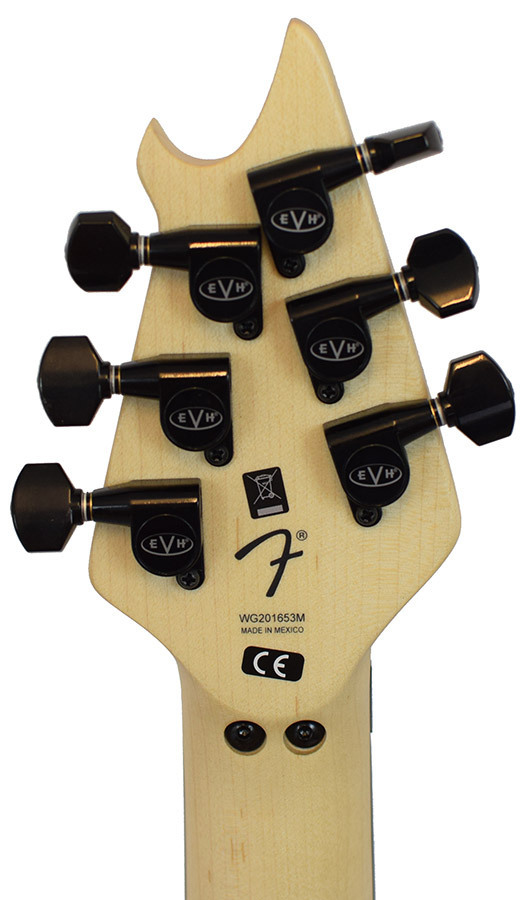

Some USB mics, like the Shure PG42-USB and PG27-USB, have built-in headphone amps and provide direct monitoring of the input signal before the analog-to-digital conversion. USB mics create latency problems when recording, especially when multi-tracking. The analog-to-digital converters in the USB mic also affect the quality of the recording.ĥ. USB models provide the same high quality sound signature the primary difference in the models is the interface to the next device. Many USB mics feature the exact same condenser mic element as the XLR version used in studio recording. It's a loudness difference, not a quality difference.Ĥ. If one pair in a store demo is turned up a little louder than the others, customers tend to think they sound better. Psycho-acoustically, listeners tend to equate louder with better, and that's been a common sales technique used in selling stereo speakers. Each microphone was tested, and when it came to the neodymium magnet microphone, it was noticeably louder than the alnico magnet types. In the days when neodymium magnet microphones were introduced, it was a common demonstration technique to line up several microphones, connect them to a mixer and set each channel level the same.

If you've got a mic on a snare drum that's 10 dB more sensitive than another mic on the snare, you'll have to turn down the one that's more sensitive.Įxtra sensitivity is not related to the sound quality. If the microphone is overly sensitive, it just means you have to dial in more attenuation on the mixer channel so you don't overload the mixer. There's more than enough signal even from a less-sensitive microphone to provide a PA system with an adequate signal. In musical applications, when a mic is placed very close to the sound source, the sensitivity of a microphone is not important. Some microphones are more sensitive than others, but microphone sensitivity is not inherently related to quality. So, in the modern era, the fragility of Shure condenser microphones is just a myth.įalse. And the same is true of all our condenser vocal mics. There are SM81s out there on tour today that are probably fifteen or twenty years old. But because it is made from a machined steel handle and has the same sort of milspec environmental capability as the rest of our microphones, it was quickly embraced by the touring sound industry. The SM81 was introduced around 1978 as a studio condenser microphone. They have to pass the same battery of tests, and they do. They go through the same exact environmental testing. Today, all of our condenser microphones are engineered to hold up to exactly the same abuse as an SM58. It will become a paperweight while the SM58 will survive all that. If the ultra-expensive, circa 1930s vacuum tube microphone were dunked into a glass of beer or dropped on the stage ten times, or even one time, it probably would stop working. The microphone they were compared to might have been a dynamic like the SM58®. In the days when this myth came into existence, condenser microphones were very expensive, studio-grade models.

Condenser mics are not as rugged as dynamics.įalse. Our advice: use wireless equipment that is as broadly tunable as possible.Ģ. There is no exclusivity in the radio spectrum for wireless microphones.

Every wireless microphone operates in a frequency range that contains other devices. All of the radio spectrum is allocated for different uses by different types of equipment. Even if there were, you could still have interference from other wireless microphones occupying that frequency band.
#TOM ANDERSON GUITARS AMPS FACEBOOK FREE#
The fact is there are no frequencies that are completely free from interference because there are no frequencies that are reserved only for wireless microphones.
#TOM ANDERSON GUITARS AMPS FACEBOOK PRO#
This is a myth that is being propagated by some pro audio manufacturers. There are wireless microphone frequencies that are completely free from interference.įalse. Check each one of these off your list, and when the subject comes up (yes, it will come up), you'll be the expert.ġ. Right here, right now, we're setting the record straight on mic folklore that we've continued to debunk over the years. And their longevity rivals Bigfoot, Nessie and that mysterious Roswell incident in 1947. There are microphone myths just like there are urban myths.


 0 kommentar(er)
0 kommentar(er)
